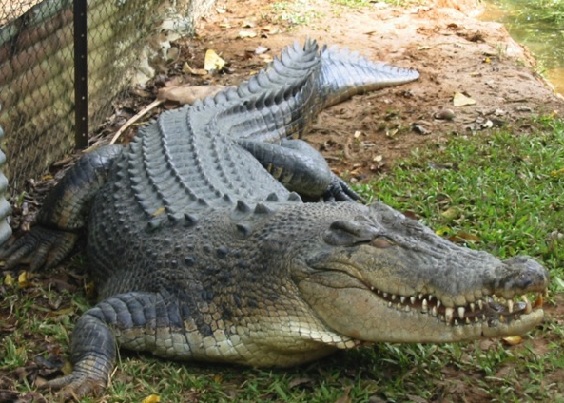The name of Kanger Ghati National Park is derived from the Kangar river, which flows in its length. Kanger Valley is spread over 200 square kilometers.
Kanger Valley got the status of a national park in the year 1982. It is a friendly place for high mountains, deep valleys, giant trees, and various species of wildlife. Kanger Valley National Park is a typical mixed humid deciduous type of forest, in which the Sal, Saugaun, teak, and bamboo trees are available in abundance. The most popular species in this area is Bastar Maina which enchant everyone with their human voice. The state bird, Bastar Maina, is a type of Hill maina (gruncula Dhariosoa), which is capable of emulating human voices. The forest is home to migrant and resident birds.
Apart from wildlife and plants, this National Park is home to three exceptional caves – famous for their amazing geological structures of Kutumbasar, Kailash, and Dandak- Stalagmites and Stalactites. National Park is known for the presence of underground limestone caves with dripstone and flowstone. The stalagmites and stalactite formation is still increasing. Caves in the National Park provide shelter for various species of wildlife. In the eastern part of the National Park, the Bhainsadhara is located where one can see the sandy beaches where crocodiles (Crocodylus palestras) mostly found.

Tirathgarh Waterfall is located in Kanger Valley National Park. The Kenjhardhara and Bhainsadhara are famous for Crocodile Park. Gypsy Safari is available for tourists to explore the natural beauty of the park.
